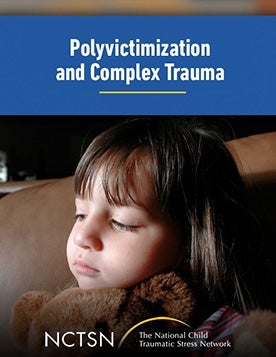
Impact of Polyvictimization on LGBTQ Youth and Adults
Discusses the complex trauma adaptations employed by LGBTQ youth and adults who have experienced victimization and polyvictimization.
The following resources on child trauma were developed by the NCTSN. To find a specific topic or resource, enter keywords in the search box, or filter by resource type, trauma type, language, or audience.

Discusses the complex trauma adaptations employed by LGBTQ youth and adults who have experienced victimization and polyvictimization.

Features experts in the field of early childhood trauma discussing some of the core considerations when working with this population as they relate to the DSM-5.
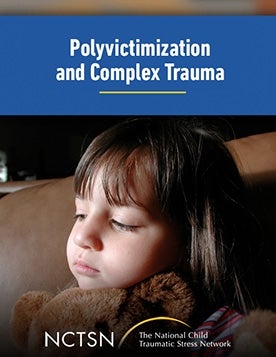
Discusses the scope of polyvictimization in young children. This webinar describes its impact in early learning programs and emerging intervention practices with emphasis on work underway in Alaska and Washington State.
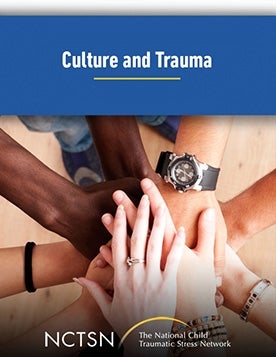
Highlights best practices in screening and assessment for refugee youth.

Discusses the impact, as well as historical and societal context, of polyvictimization in urban communities of color.
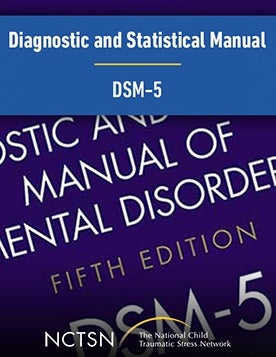
Discusses important changes in the DSM-5 related to Trauma and Stress Related Disorders in children and adolescents including the Dissociative Subtype of PTSD and the Preschool Subtype.
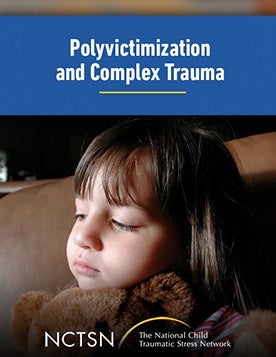
Examines the effects of polyvictimization on the K-12 school environment, particularly examining risk for truancy, drop-out, and need for special education services.

Outlines the historical context of racial disparities and highlights how systems can move forward to reduce these racial disparities, including by framing the issue so that practical and pro-active discussion can move beyond assigning blame.
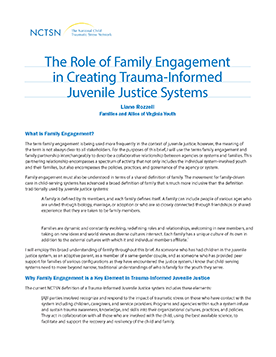
Outlines the role of family engagement in creating trauma-informed juvenile justice systems.

Outlines the environment of care in juvenile institutions.
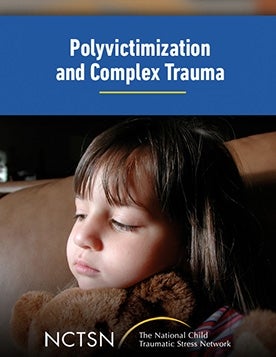
Discusses polyvictimization as it relates to the commercial sexual exploitation of boys and adolescent males. This webinar describes unique issues for both runaway and "throwaway" youth, as well as implications for contracting HIV.

Provides concrete strategies that organizations and practitioners can implement to increase access and improve responsiveness to LGBTQ individuals and families.